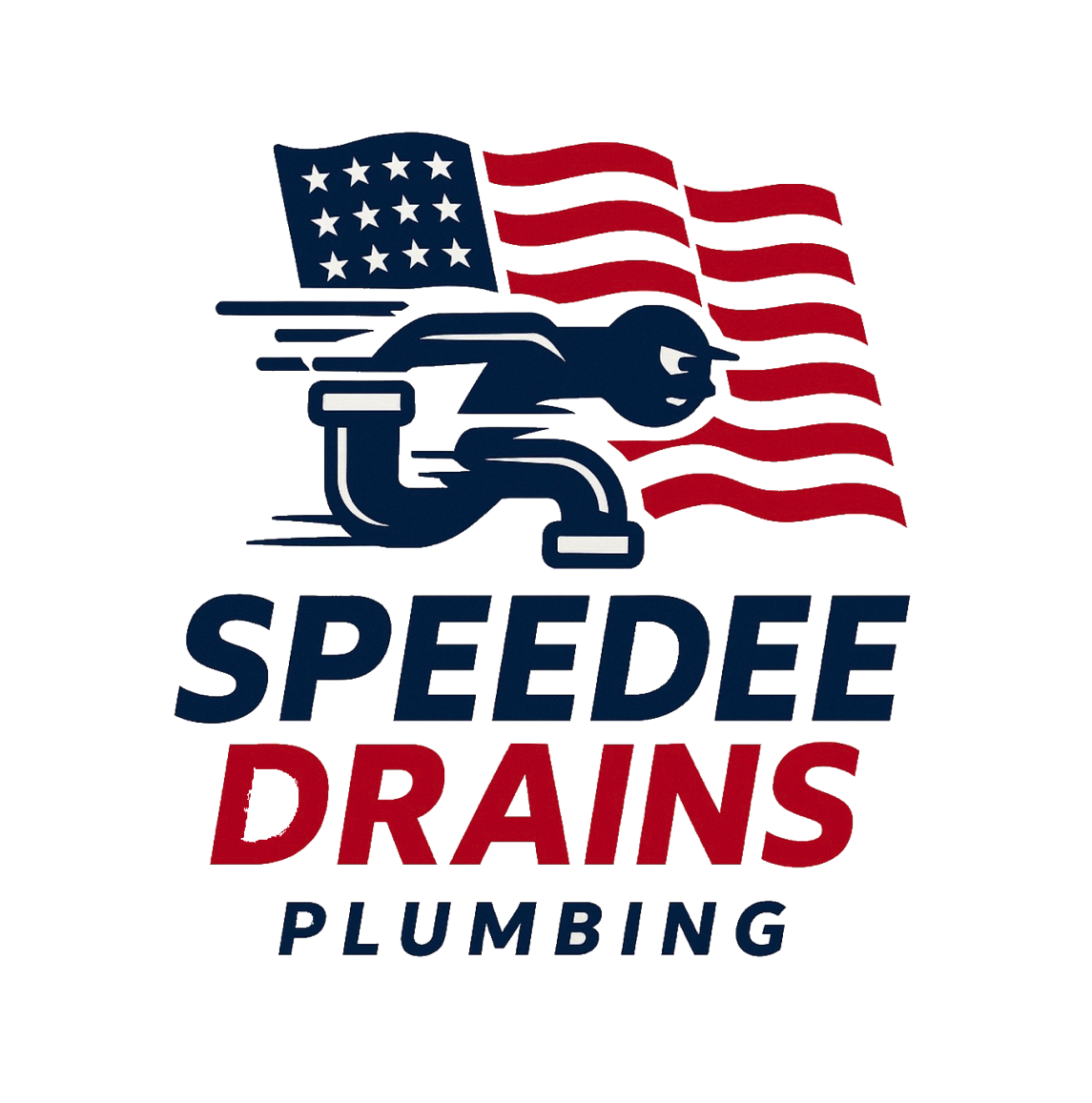Sink Leaks: Common Problems, Troubleshooting, and Fixes
A leaking sink is one of the most common plumbing problems homeowners face. Whether it’s a slow drip under the cabinet, water pooling around the faucet, or a constant trickle from the drainpipe, a leaking sink can waste water, damage cabinets and flooring, and encourage mold growth.
At Speedee Drains Plumbing Pros, serving Orange County and Los Angeles County, we provide residential and commercial plumbing services, including leak detection, drain cleaning, hydro jetting, and sewer line repairs. This guide will help you identify the source of a sink leak, walk you through troubleshooting steps, and explain when to call a professional.
1. Why Sink Leaks Matter
A small drip might not seem serious, but the damage adds up quickly:
- Water waste: A leaky faucet can waste thousands of gallons each year.
- Property damage: Moisture warps wood, swells particle board, and stains countertops.
- Mold growth: Hidden leaks under sinks create the perfect environment for mildew.
- Higher bills: You’re paying for wasted water every month.
Catching a sink leak early saves money and prevents costly repairs.
2. Common Causes of Sink Leaks
1. Faucet Leaks
- Worn washers or cartridges
- Loose or corroded connections
- Cracked faucet body
2. Drainpipe Leaks
- Loose slip nuts on P-traps
- Cracked or corroded pipes
- Worn-out plumber’s putty or gaskets
3. Supply Line Leaks
- Worn or cracked flexible hoses
- Loose connections at shutoff valves
- Deteriorated rubber washers
4. Sink Strainer Leaks (Kitchen Sinks)
- Old plumber’s putty
- Loose locknut beneath the strainer
5. Overflow Drain Leaks (Bathroom Sinks)
- Cracked overflow channel
- Worn seals or gaskets
3. Troubleshooting a Leaking Sink
Step 1: Locate the Leak
- Dry the area completely with a towel.
- Run water in the sink and watch carefully.
- Use a flashlight to inspect faucet bases, supply lines, and drainpipes.
Step 2: Faucet Leaks
- Turn off the water supply.
- Remove the faucet handle with a screwdriver.
- Inspect washers, cartridges, and O-rings.
- Replace worn parts and apply plumber’s grease for smooth operation.
Step 3: Drainpipe Leaks
- Place a bucket under the P-trap.
- Hand-tighten slip nuts and test for drips.
- Replace cracked or corroded sections with PVC or ABS pipe.
- Apply plumber’s tape or putty to improve seals.
Step 4: Supply Line Leaks
- Inspect flexible hoses for cracks or bulges.
- Tighten connections at both the faucet and shutoff valve.
- Replace hoses every 5–7 years with braided stainless steel.
Step 5: Sink Strainer Leaks
- Remove the strainer by loosening the locknut underneath.
- Scrape away old plumber’s putty.
- Apply fresh plumber’s putty around the strainer flange.
- Reinstall and tighten securely.
Step 6: Overflow Drain Leaks
- Inspect the overflow gasket inside the sink.
- Replace if cracked or deteriorated.
- Seal around the overflow drain with waterproof sealant if necessary.
4. Preventing Future Sink Leaks
- Inspect connections regularly: Catch issues before they worsen.
- Avoid overtightening: Too much force cracks pipes and fittings.
- Replace hoses proactively: Don’t wait until they fail.
- Use high-quality parts: Invest in stainless steel supply lines and durable faucets.
- Schedule annual plumbing inspections: Professionals can catch hidden problems early.
5. When to Call a Professional
DIY fixes often work for small leaks, but some situations require professional help.
Call a plumber if:
- Leaks persist after replacing washers or hoses.
- Pipes are severely corroded or rusted.
- You find water damage, mold, or swelling cabinets.
- Multiple sinks are leaking at the same time.
- You suspect a slab leak connected to the supply line.
At Speedee Drains Plumbing Pros, we use advanced leak detection tools to find hidden leaks and repair them quickly.
6. Commercial Sink Leaks
Commercial properties face heavier sink usage, especially in restaurants, offices, and multi-family housing.
- Common issues: Supply line bursts, grease-heavy drain clogs, and worn-out faucets.
- Solutions: Regular maintenance, hydro jetting for clogged lines, and proactive hose replacement.
- Benefits: Prevents downtime, reduces water bills, and keeps facilities sanitary.
Final Thoughts
A leaking sink may seem minor, but it can waste water, damage your home, and encourage mold if ignored. By learning to identify the source, troubleshoot common problems, and follow preventive steps, you can stop leaks early.
At Speedee Drains Plumbing Pros, we proudly serve Orange County and Los Angeles County with expert residential and commercial plumbing services, including leak detection, drain cleaning, hydro jetting, and sewer line repairs. Whether it’s a dripping faucet, a leaking drainpipe, or a full plumbing inspection, our skilled team is ready to help.
